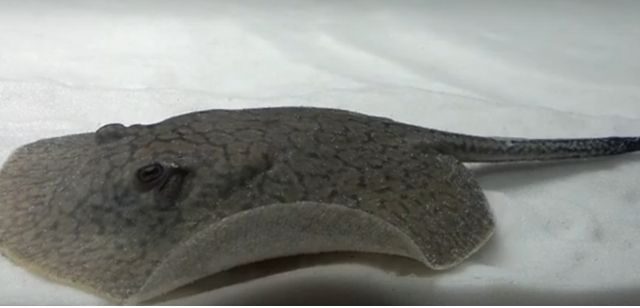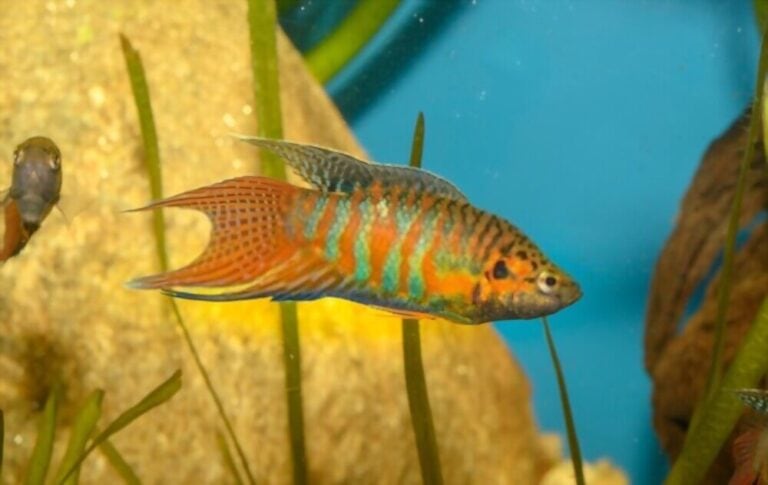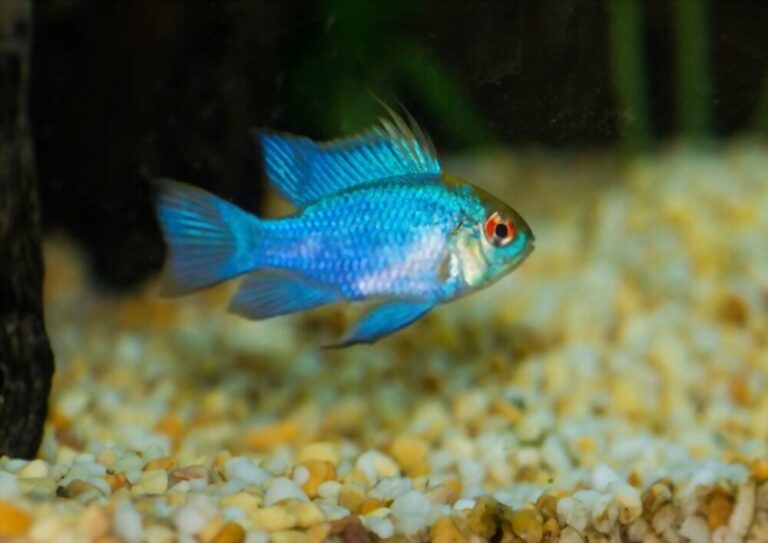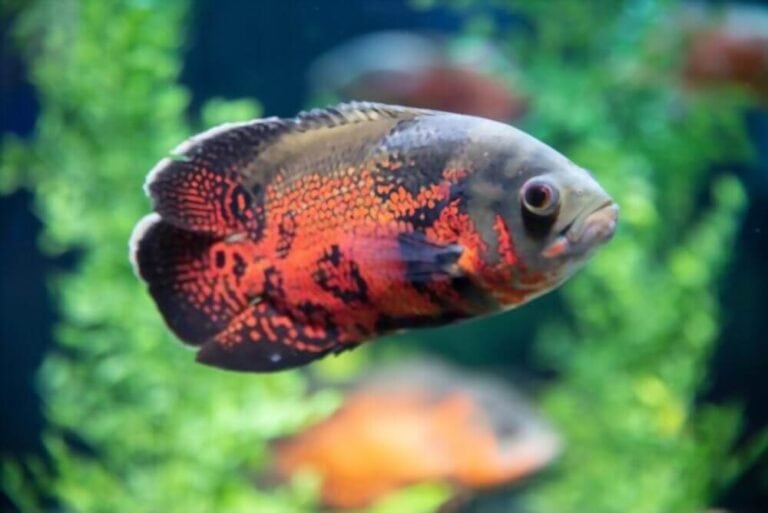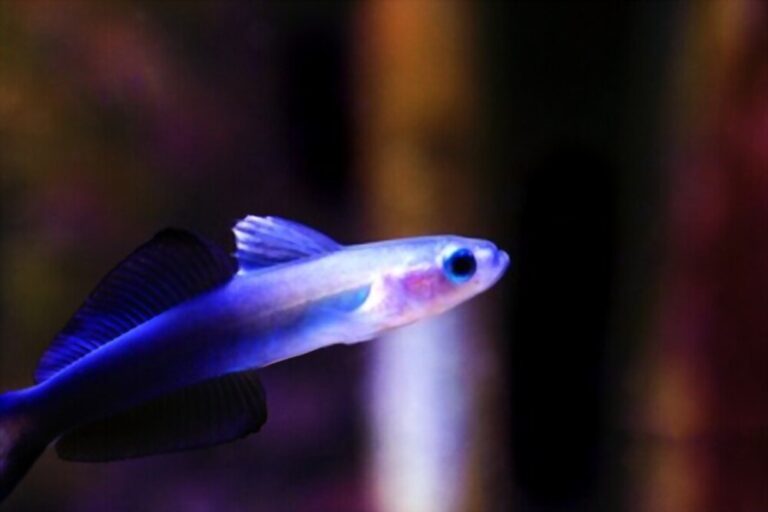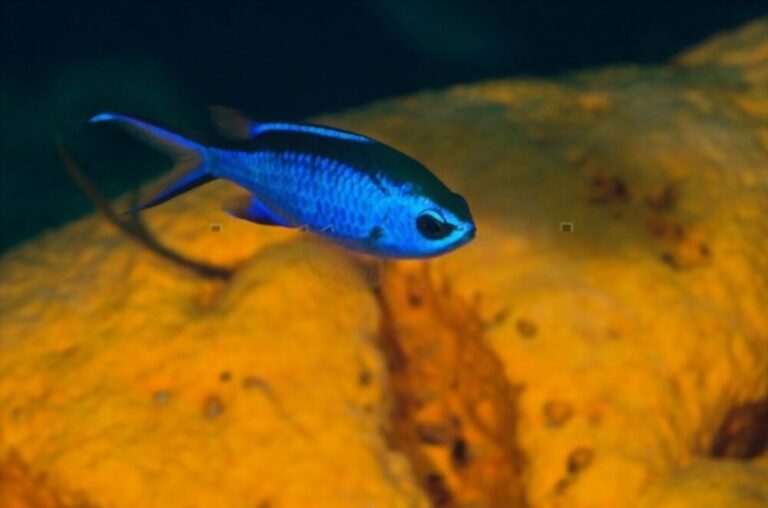Altum Angelfish Care Guide- Size, Lifespan, Food, Tank Mates, Breeding
Altum angelfish is a freshwater fish that belongs to the genus “pterophyllum,” which is scientifically known as Pterophyllum Altum.
These freshwater angelfish are very hard to take care of, requiring more specialized optimized water conditions. Also, they have a kind of exclusive feeding requirements.
Being sensitive and prone to parasitic infections requires a definite quarantine period before being introduced in the aquarium.
Size of Altum Angelfish
The Altum angels are fascinating fish that are displaying distinct size and coloration patterns. In the aquarium, they normally reach up to a length of 7 inches.
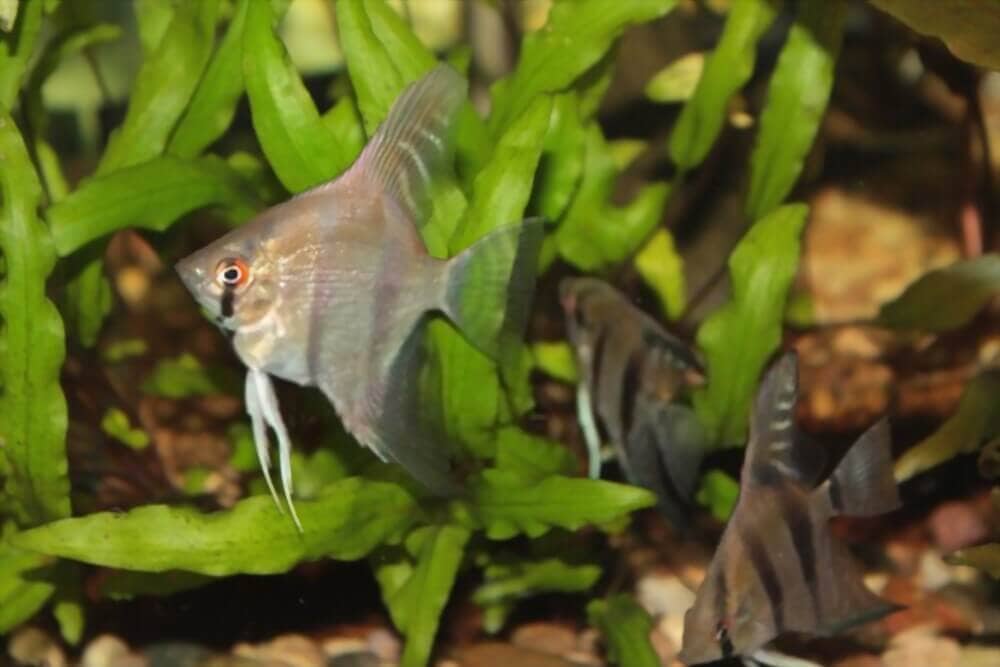
They have long dorsal and anal fins, which make them reach up to a usual height of 8.87 inches with an occasional height of over 15.7 inches from the extremity of the dorsal fin to the nib of the anal fin.
But it is also being reported that some wild specimens acquire a height of about 19.6 inches because of their size, especially the height that they need a large-sized aquarium with a fair amount of depth.
Altum Angelfish Lifespan
They can live up to 10-15 years in their natural habitat. However, it is very fortunate that they can live up to what they are supposed to live up-to in captivity.
The Altum angelfish is a very sensitive freshwater angelfish species that responds to every little change in aquarium conditions.
The captivated Altum angelfish lifespan is directly dependent on how you feed it and how you provide it with the necessary and sufficient aquarium care.
Feeding is one of the essential things determining health, including any fish’s well-being, and Altum angelfish is no exception. Feeding usually on a routine basis and not over-feeding the fish will make sure its well-being.
Aquarium care also matters a lot. Unlike other tropical angelfish species, Altum angels are not hardy. They are very delicate, and they require strict aquarium care.
Being faint-hearted and very sensitive to nitrates levels, they require plenty of places to refuge and a very strict filtration scheme with weekly water changes.
If we wrap it all up, feeding them with proper aquarium care makes your fish healthy and stress-free, ensuring a maximum lifespan for your elegant freshwater fish.
Altum Angelfish Care
Unlike other freshwater angelfish species caring for Altum angelfish comes with a lot of cautions to be made. Altum angels have very fixed and strict requirements to survive in the tank.
Coral Beauty Angelfish Care Guide
It is essential to meet all their requirements as their survival is based on it. Generally, the other tropical angelfish species are something that people would love to start their fish keeping journey.
But the Altum angels are not suggested by the experts to be acquired by the very beginners.
Because of their strict demands in the tank, aquarists with a minimum intermediate level of experience are suggested to keep these angels.
Water Requirements
Being freshwater inhabitants, they need a soft water warm aquarium with a hardness range of 2-10 dGH and a temperature range of 30-31 degrees Celsius.
They do well in the acidic environment with a pH ranging from 4.5-5.8. The Altum angelfish are a very delicate and sensitive type of fish that are very sensitive to nitrates and other toxins formed because of the wastes.
Therefore they need extremely clean water. To maintain all the conditions, an efficient filtration setup must be planted, and water changes must be made regularly weekly.
They need a strict and exact water change scheme of 25% every week. Moreover, they are very susceptible to stress linked problems.
Therefore, you should provide them with a large tank with plenty of hideouts for these fish to hide themselves in on feeling any danger.
Temperature for Your Altums
These fish naturally inhabit the freshwaters of upper South America. Where they mostly live in floodplains and watersheds. So they relatively live in a warmer environment than other tropical marine angelfishes.
They do well in a warmer aquarium with extremely clean water having a narrow temperature range of 30-31 degrees Celsius.
It is essential to maintain the aquarium’s temperature range because the Altum angels cannot take the temperature fluctuations.
Before weekly water changes, the new water to be added should be placed in the same room as the tank. Ensure the temperature of the new water is the same as the water temperature to be replaced.
Feeding Altum angelfish
The Altum angelfish are the omnivorous types of fish and feed on the other small fishes, small invertebrates, and other suspended food particles in the wild.
In the aquarium, they will feed on all kinds of live and frozen fish foods. You can give Shrimps, and especially brine shrimps can be provided in both live and frozen forms.
They also feed on bloodworms. Bloodworms account for the treatment for them. It is suggested to quarantine the live foods for two weeks before feeding to your Altum angelfish.
To maintain a balanced diet for your fish, a fixed amount of high-quality prepared foods such as food flakes, pellets, and angelfish preparations must be included in their diet.
You can also add leafy green vegetables to their feeding chart. They reportedly love to eat mosquito larvae, which can also be given to them as a part of the proteinic factor.
But they must be given occasionally because the Altum angels tend to overfeed on them.
Feeding the newly wild-caught Altum angels can be a little bit challenging as they love to eat natural foods.
Occasionally, they will accept the prepared commercial fish foods like pellets and food flakes.
The simplest and tricky way of getting your fish habitual of eating the prepared commercial and other greenish fish foods is to accidentally make them eat these foods by adding specified amounts of these foods in the tank along with their natural food.
Tank Size & Setup for Altum Angelfish
Therefore, a large and deep tank with a lot of swimming and hiding spaces is required. The average tank size suggested by the experts is 55 gallons for a single specimen.
Guppy Tank Guide (Tank Requirements & Tank Mates)
The important thing that you should not forget is the tank should be deep as these fish gain tremendous heights. For a pair and other community members, a larger tank will be needed.
Hiding Places
In the wild, the Altum angelfish inhabit the river watersheds and floodplains with modest water flow, sunken trees, a network of plants’ roots, and immense vegetation.
These areas serve as hiding places and sources to get food for the Altum angelfish. Therefore, the Altum angels’ tank must be provided with plant roots and the rock formations for them to refuge in.
These formations should be set so that the open space in the tank’s center must be left for comfortable swimming.
Substratum & Filters
As far as the substratum is concerned, there are no specifications. Any substratum will be good to go as the Altum angels are mid-level dwellers, mostly hiding and vegetation.
Filtration is set up for the efficient filtration of the visible wastes, and chemical filtration of the chemicals such as nitrates is a must needed thing in Altum angelfish tank.
A lighting system to provide a toned downlight should also be installed on the roof of the aquarium.
Altum Angelfish Tank Mates
The Altum angelfish are considered to be the most peaceful among all the other freshwater angelfishes. That’s why they can easily get along with other tank mates, provided the tank mates should not be so small to be regarded as the prey by the Altum angelfish.
They can be kept in peaceful community tanks in the early stages of their life. But as they grow up, their territorial nature is triggered, and they tend to pair off. They do best with other species having the same temperament as they have.
If you want to add community members to the tank along with your Altum angels, make sure to provide them with a very large size tank with plenty of swimming and hiding spaces.
Avoid keeping them with the aggressive species because the aggressive species can lead your Altum angels to stress or, worst, can kill them.
Avoid crowding the tank as it can also lead to stress in the tank. To ensure the well-being of your acquisition, you need to keep them with the right tank mates.
Breeding Altum Angelfish
Altum angelfish were caught from the wild and inducted into the aquarium trade business for years. Nobody had an idea of how to get them bred in captivity. It’s just been a while since they were bred in captivity.
You should mostly breed the Altum angelfish are mostly with Scalare as they are closely related to each other and are easy to breed. The resulting hybrid species is known as Orinoco Altum fish.
The breeding process starts with pairing them up. For pairing them, you need to put a couple of Altum angels or a group together and wait until they pair off.
After pairing up the females, find suitable places to lay the eggs. The water should be spotless. Clean water is essential for them to trigger spawning. They lay eggs on immersed roots or branches of the plants.
Then the male will fertilize the eggs. There is another problem right here. The parents can eat their eggs. If they don’t, then the eggs will hatch in a few days. If you want to raise the larvae, you should dispatch them from the tank right after fertilization.
Altum Angelfish vs Scalare
Both the Altum angelfish and scalare belong to the same genus, “pterophyllum.” Their geographical distribution is also the same.
But they are two different species of the freshwater angelfish group. Pterophyllum scalare is commonly known as silver angelfish.
There are three prominent South American freshwater angelfish species, including the Altum angelfish, Silver angelfish, and Leopold’s angelfish, while several species are undescribed.
All these angelfish species have the same appearance, which makes it very hard to be differentiated.
It is believed that the South American freshwater angelfish are popularly available in the aquarium trade. They are genetic hybrids of Altum angelfish and silver angelfish.
Unlike the Altum angels, who are very sensitive, the Pterophyllum scalare is very common in the aquarium trade and is equally good for experts and beginners because of its hardy nature.
Last Words
It inhabits the fresh waters of South America. It is broadly distributed over large geological locations, including Atabapo river, Inírida river, Orinoco river, Rio negro in the territory of Venezuela, rivers of Southern Colombia, and Northern rivers of Brazil.
This is a beautiful, decorous fish. It is commonly known with other different names as well, such as Orinoco angelfish and deep angelfish.
Because of their sensitive nature, the Altum angels are not common in the aquarium trade business, and they are hardly found in local fish stores.
Only the wild-caught Altum angelfish were used to be introduced in the aquarium trade over the years in the past. But now, the aquarists have successfully captive-bred them.
Though they are pretty hard breeding in captivity, the crossbreed varieties of Altum angelfish and their close cousin P. Scalare are also available in the market nowadays.
FAQs
How do you take care of an Altum angelfish?
Unlike other freshwater angelfish species caring for Altum angelfish comes with a lot of cautions to be made. It would be best if you were responsible for maintaining the water requirement, the temperature inside the tank, and feeding. This is the overall care required for Altum angels.
How big do Altum angelfish get?
The Altum angels are fascinating fish that are displaying distinct size and coloration patterns. In the aquarium, they usually reach up to a length of 7 inches.
They have long dorsal and anal fins, which make them reach up to a usual height of 8.87 inches with an occasional height of over 15.7 inches from the extremity of the dorsal fin to the nib of the anal fin.
